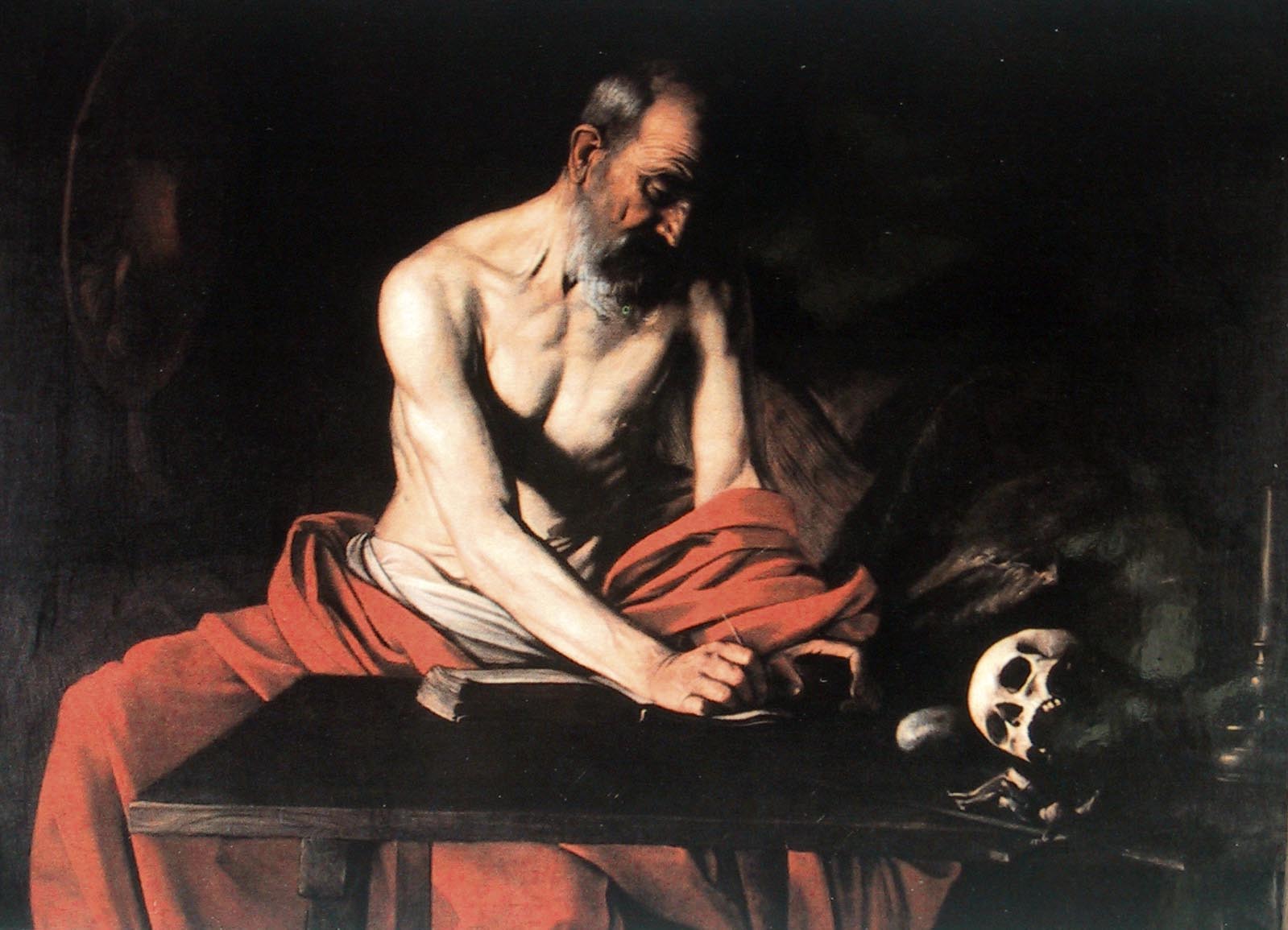After watching Life through a lens, the thing that I appreciated the most about Annie Leibovitz’s technique is not a particular photographic technique, but simply her approach and treatment of the subject.
To echo what has been discussed in previous lessons, taking effective portraits requires a relationship and understanding between photographer and subject. Leibovitz interacted with and photographed a huge range of personalities and scenarios, and took a different approach to each, knowing when to be passive or active.
I particularly liked how Leibovitz photographed two people together, and the different approaches she used to capture their relationship. My previous post which showed photographs of two friends was rather unsuccessful, and in future attempts I would like to employ some of what I have learned to similar subjects.
The final photograph of John Lennon and Yoko Ono was particularly strong. Subjects are not always so open-minded about how they allow themselves to be portrayed, but this is also a testimony to Leibovitz’s approach.
At present it is more realistic for me to learn from the other photographs above and below, which show a variety of interactions between photographer and subjects. The use of physical contact is very powerful and in the below shots is particularly emphatic. Also I think the range of eye contact is very interesting. In the first picture, John Patrick Stanley is mesmerised by Meryl Streep while she looks at the camera. The working relationship between Danny Boyle and Dev Patel is perfectly captured by them both looking into the camera while the actor leans on his director. By contrast, there is a more ambiguous approach to capturing the combined personalities of Chris Nolan and Heath Ledger, again with one subject watching the other.
In future experiments I would like to encourage my subjects to try a variety of poses with varying body and eye contact, while allowing them to improvise as much as possible. I think this is a nice way to gradually break down the barrier and help them to relax.
I also really appreciated James Nachtwey’s approach to subjects, which in his field is definitely more geared to reacting rather than acting. As seen above, the observations of Leibovitz’s work apply universally.
As discussed in class, Nachtwey’s subjects can be photographed naturally as they are often engaged in something other than being photographed.
While I don’t intend to witness any wars whilst in Japan, photographing a lively festival requires some of the same principles as Nachtwey applied in the field; such as being within close proximity to capture the energy and movement of the scene.
Black and white shots are appropriate for the emotive element of Nachtwey’s work. He often uses strong contrast of dark and light which is both powerful and reminiscent of the chiaroscuro effect used in paintings by Caravaggio.
It is difficult to cover the range of inspirations drawn from these two photographers in one blog post; but I intend to explore what I have learned further and hopefully convey their influence in future posts.
REFERENCES:
Leibovitz images taken from:
except Rolling Stone Cover taken from:
Nachtwey photographs taken from:
St. Jerome by Carravagio taken from: http://www.jimdiamondmd.com/Malta%20Art%20&%20Culturet.htm









You move beyond summary and offer some interesting analysis of the techniques of these photographers and how their work can influence your own work as a visual anthropologist. Nicely done. I look forward to your future posts and photographs.
ReplyDelete